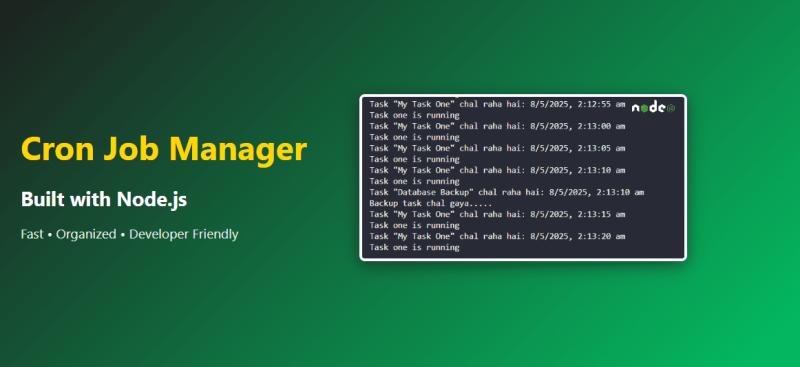Learn the 10 most important array methods in Node.js with clear explanations, code samples and best‑practice tips—perfect for beginners and pros alike.
1. Transform Every Element
Why use a map? Immutable transformation returns a brand new array.
2. Keep What Matters
Use filter to create a subset based on conditions.
3. Boil Down to One Value
Great for totals, object grouping or flattening arrays.
4. Perform Side Effects
Note: forEach doesn't give you a new array. It simply runs a function on each item — that's it. If you need a new array, try map() instead.
5. Get the First Match
Stops iterating once a match is found—efficient.
6. At Least One True?
Returns a boolean.
7. All Must Be True
8. Quick Membership Test
Works with primitives; for objects, use some/find.
9. Non‑Destructive Copy
10. Destructive Insert/Remove
Use with caution modifies the original array.
🔹 Performance Tips
• Prefer immutable methods (map, filter, slice) when possible.
• Use forEach only for side effects.
• Reduce can replace many loops, learn its pattern.






